The Peak Factor Method, developed by Davenport, is an advanced approach for assessing wind loads, especially when the load is more influenced by turbulence than by the mean value. This method takes into account both mean pressure coefficients and their standard deviations to form characteristic peak pressure coefficients. These characteristic coefficients are then determined under the assumption of a peak factor kp derived from extreme value statistics as follows:
where
c ˇp : peak pressure coefficient for the minimum
c ˆp : peak pressure coefficient for the maximum
σc_p: standard deviation of the pressure coefficient
A benefit of this method is that it accounts for two extreme load components, which is especially relevant in design when different signs are involved. The peak factor can also be adjusted to consider load-reducing effects due to correlation properties. However, peak factors vary depending on the position on the structure, which in practice is often simplified by using uniform factors. Initially, values of k_p between 3 and 5 were proposed, but wind tunnel tests have shown that significantly higher values (up to 10 or more) can occur locally, particularly at building penetrations and wall corners.
This method was primarily developed for assessing wind loads on buildings and is specifically outlined in the Eurocode for analyzing gust-induced force effects in the wind direction. However, it is less suitable for small-scale elements such as corners, edges, and individual components, as peak factors can vary greatly in these areas. The main challenge lies in the appropriate choice of peak factors, which can impact the accuracy of the method.






















Dlubal_KohlA_]_LI.jpg?mw=350&hash=d43473ab01992859ccffbb1254b61a07610a2a25)








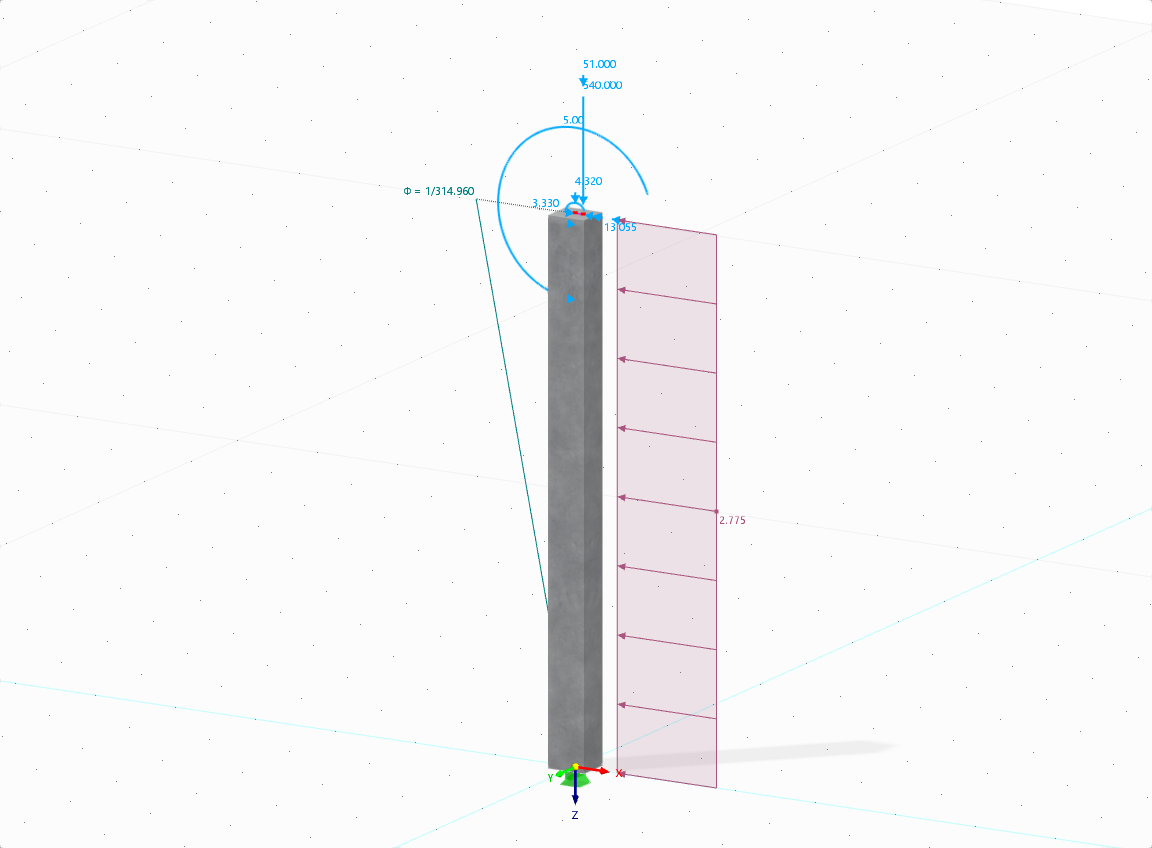

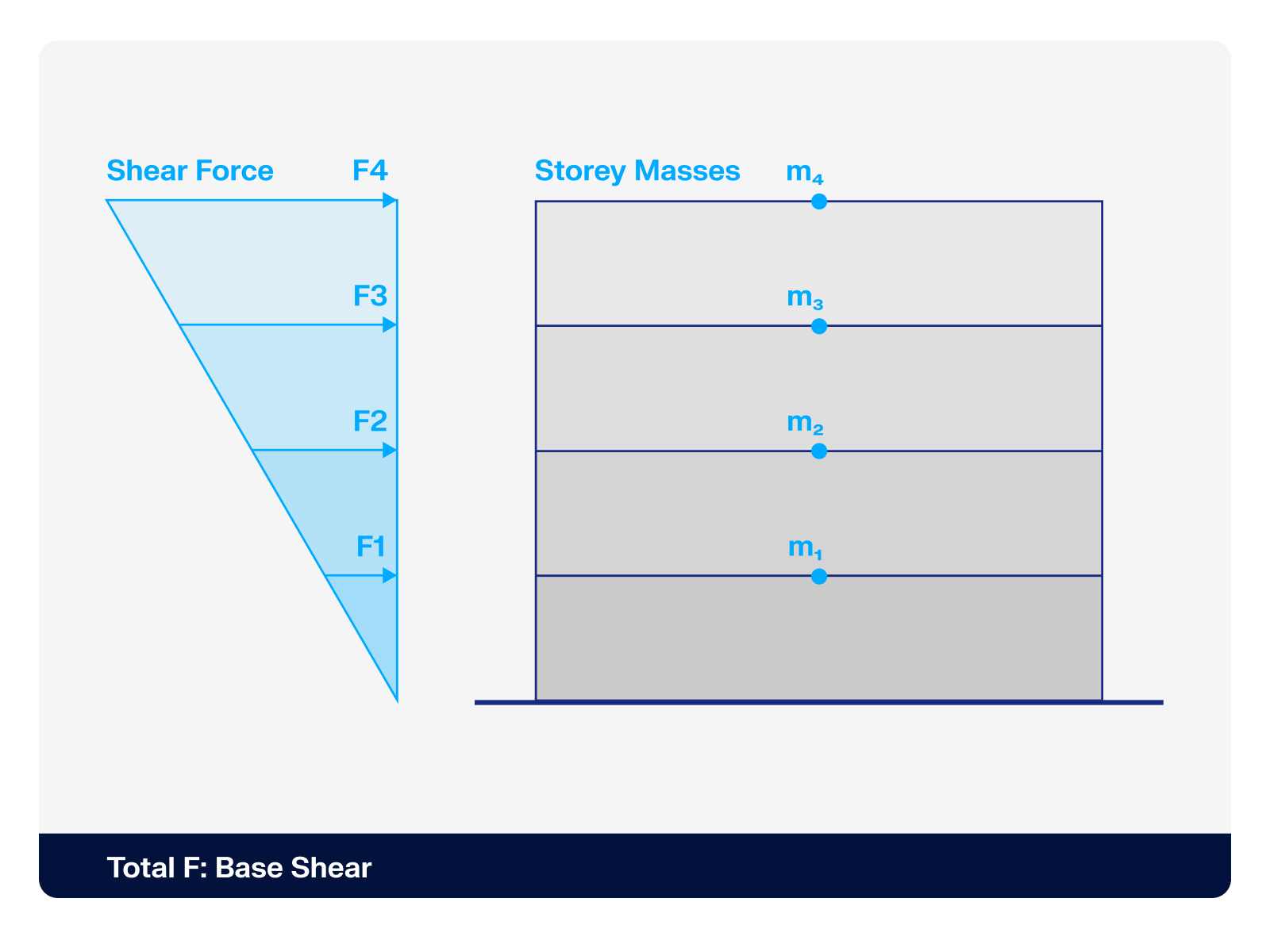.png?mw=512&hash=4a84cbc5b1eacf1afb4217e8e43c5cb50ed8d827)









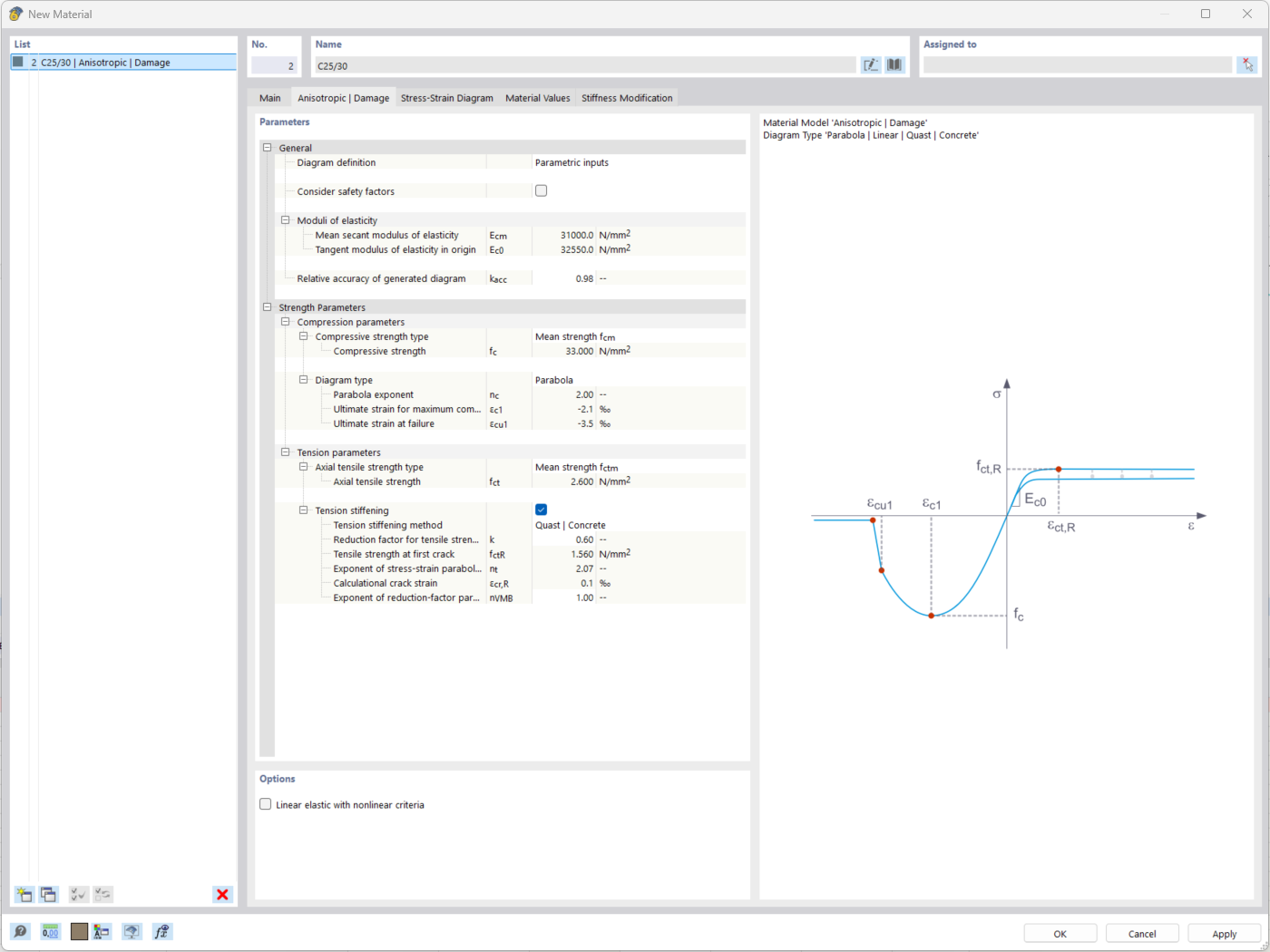
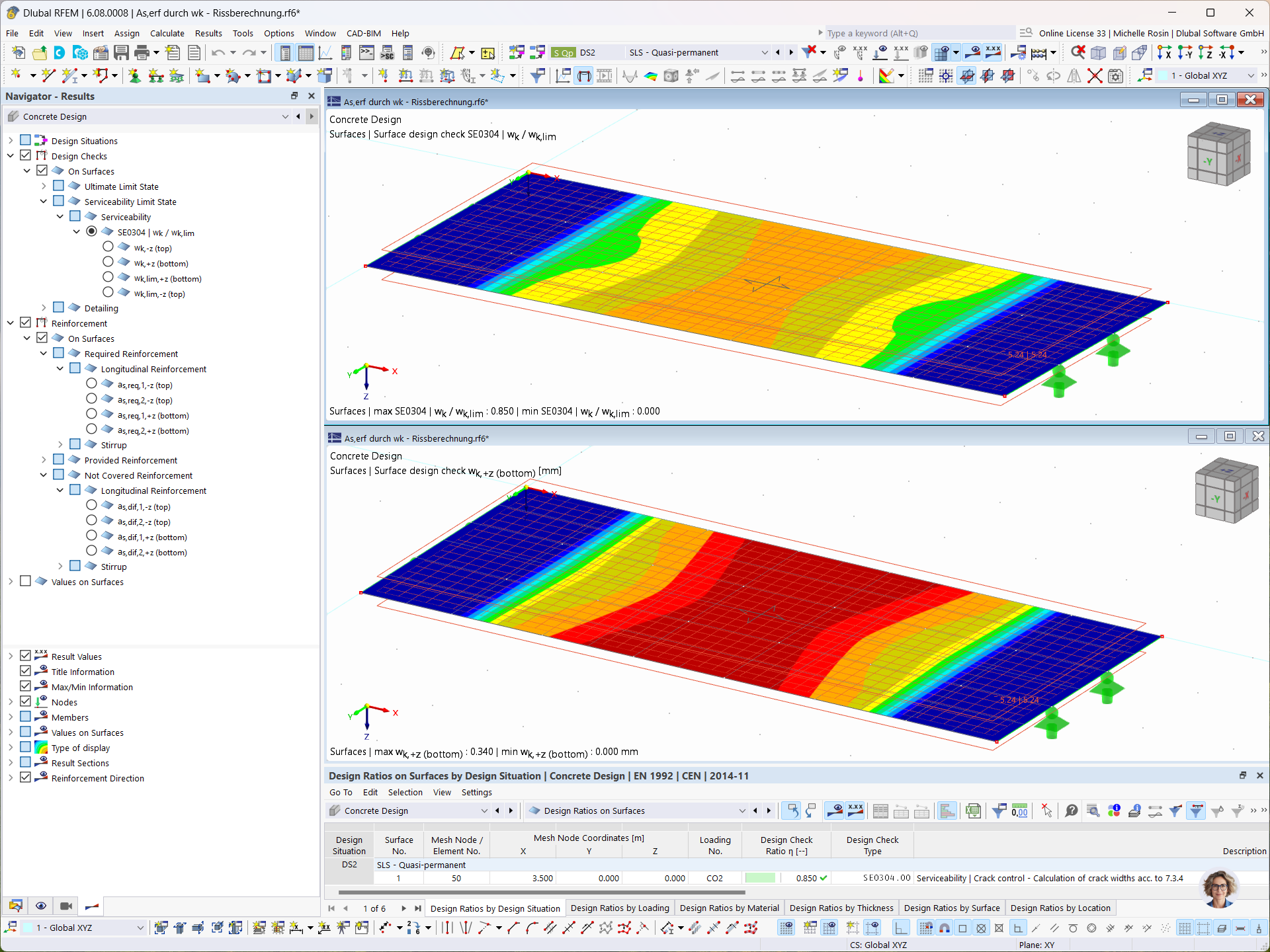
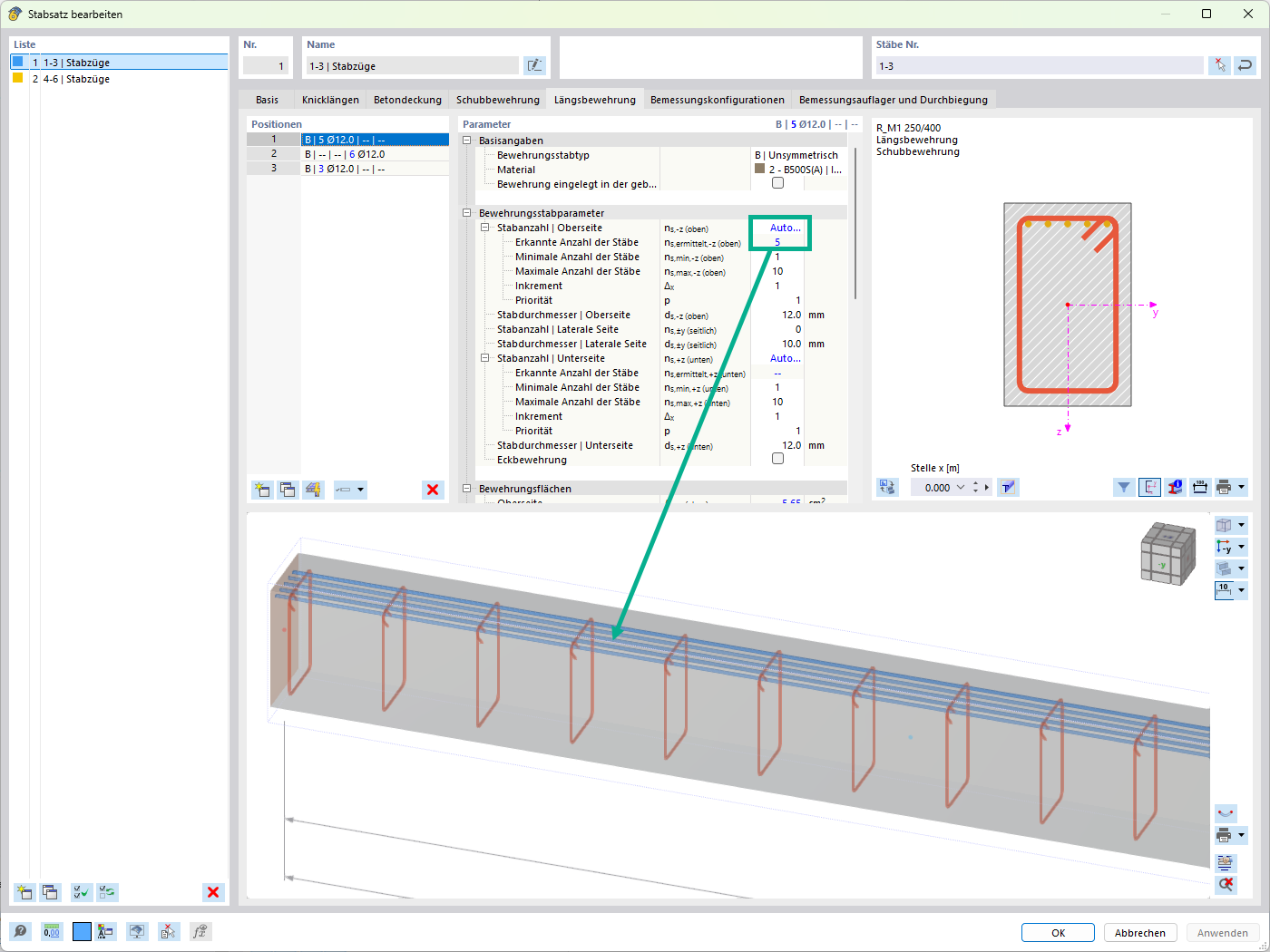

_1.jpg?mw=350&hash=ab2086621f4e50c8c8fb8f3c211a22bc246e0552)


-querkraft-hertha-hurnaus.jpg?mw=350&hash=3306957537863c7a7dc17160e2ced5806b35a7fb)


